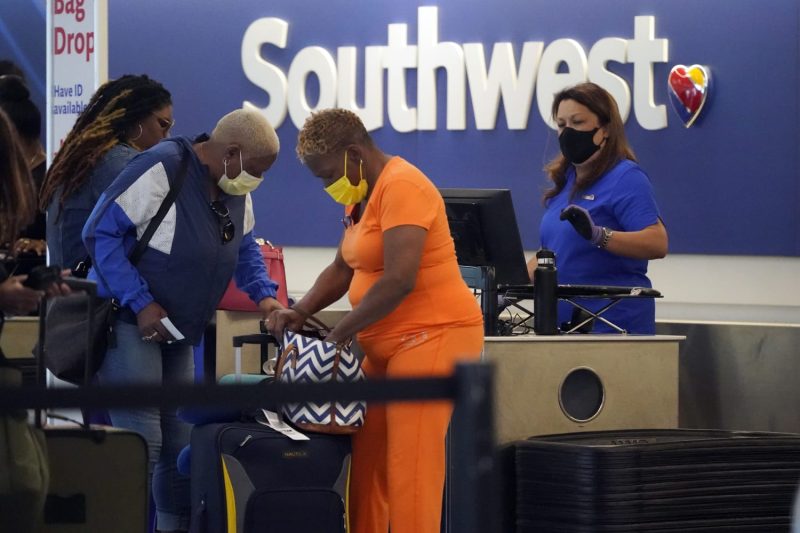Southwest Airlines, a well-known American airline that has proudly offered open seating since its inception, is considering a novel approach by evaluating potential changes to their current cabin seating arrangement. This shift in strategy has been prompted by the airline’s desire to enhance the overall customer experience and optimize operational efficiency.
The traditional open-seating system employed by Southwest Airlines has been a distinctive feature that set them apart from other carriers in the industry. Passengers, upon boarding the aircraft, have the freedom to choose their seats on a first-come, first-served basis rather than being assigned specific seats in advance. This approach has its benefits, as it offers flexibility and a sense of empowerment to travelers. However, it also introduces challenges such as potential delays in boarding, difficulty in seating families and groups together, and limited options for passengers who prefer specific locations on the plane.
By exploring the possibility of transitioning to a more structured seating arrangement, Southwest Airlines aims to address these issues while maintaining the core values that have defined its brand. The proposed changes could involve implementing assigned seating or a hybrid model that combines elements of open seating with reserved seating for certain customers or situations. These adjustments could lead to smoother boarding processes, improved customer satisfaction, and increased revenue opportunities for the airline.
While the idea of assigned seating may deviate from Southwest’s long-standing practice, it signifies the company’s commitment to adapting to the evolving needs and preferences of passengers. By embracing change and continuously seeking ways to enhance the travel experience, Southwest Airlines demonstrates its dedication to innovation and customer-centricity.
Moreover, any potential modifications to the cabin seating system must be carefully evaluated to ensure a seamless transition and minimal disruption to operations. Effective communication with customers, thorough staff training, and robust technological solutions will be essential components of the implementation process. It is crucial for Southwest to strike a balance between preserving the unique aspects of its service and introducing improvements that align with industry trends and passenger expectations.
As Southwest Airlines explores the possibility of moving away from open seating, it enters a pivotal phase that could shape the future of its customer experience strategy. The airline’s commitment to providing quality service and creating a positive journey for travelers remains steadfast, and any changes to the cabin seating arrangement are driven by a genuine desire to enhance the overall flight experience.
In conclusion, Southwest Airlines’ contemplation of cabin changes reflects a proactive approach to addressing customer needs and operational efficiency. The potential transition to a structured seating system signifies the airline’s willingness to evolve while staying true to its core values. By embracing change and striving for continuous improvement, Southwest Airlines reaffirms its position as a customer-centric industry leader.
